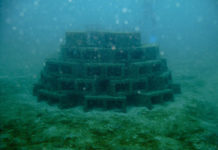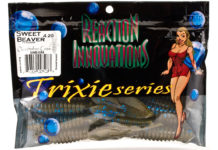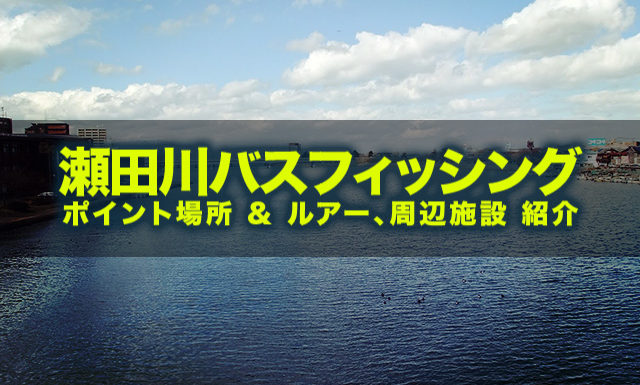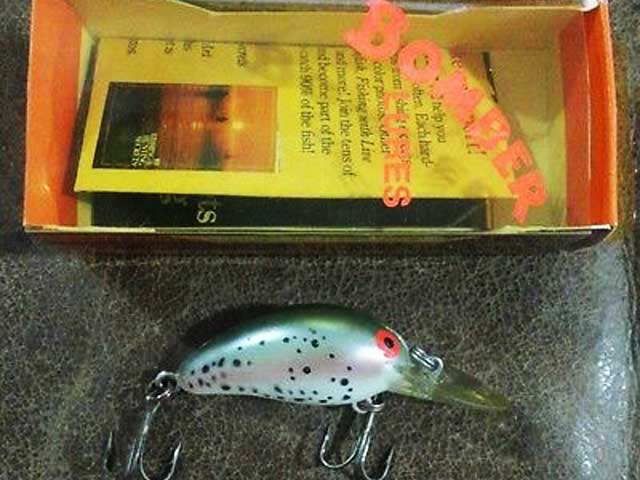
 1970年代はアルファベット名が付けられたルアーが流行った時代だった。すべてはフレッドヤングのビックO(Big-O) に始まり今日に至る。ノーマン社はリトルN(Little N) バグリー社はバルサ(Balsa B) がバージョン違いで次々に発表された。当時はまるでルアー会社がアルファベット名を命名しなければらない雰囲気だったもいうべきだろうか…
1970年代はアルファベット名が付けられたルアーが流行った時代だった。すべてはフレッドヤングのビックO(Big-O) に始まり今日に至る。ノーマン社はリトルN(Little N) バグリー社はバルサ(Balsa B) がバージョン違いで次々に発表された。当時はまるでルアー会社がアルファベット名を命名しなければらない雰囲気だったもいうべきだろうか…
そして本題の ボーマーのモデルA (Bomber Model A) 短くしゃがれた格好のクランクベイト。シャローバージョンからディープバージョンまで発売された。長く伸びたベロはボディの奥までモールドされており、ボディは素朴なソリッドカラーで中身にはラトルまでもがインサートされていた。*写真は1977年のボーマーのモデル A の広告
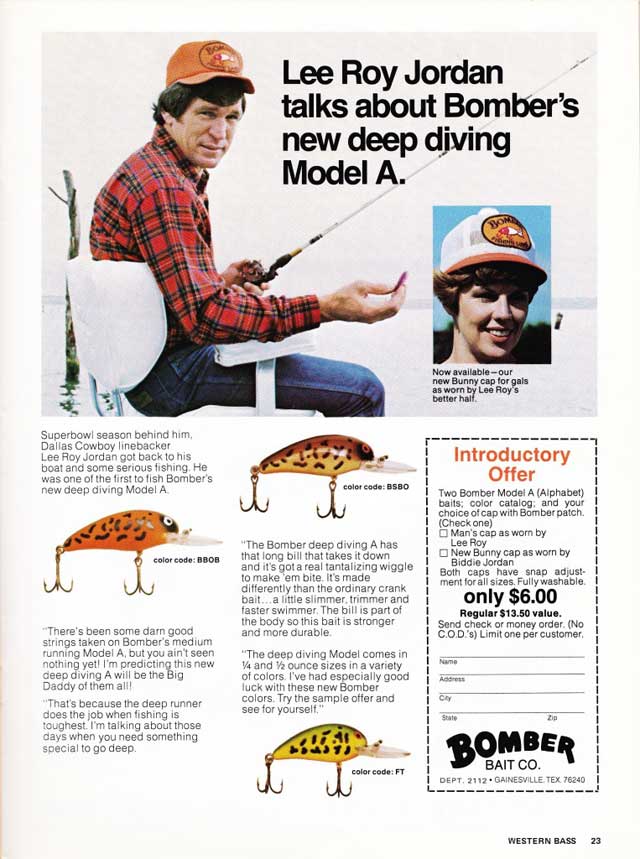 これらのルアーはバルサ製のルアー程に魅力はなかったが良く釣れた。当時は不良品で半透明のルアーがあったがそれらが良く釣れて、今日のゴーストカラーとなったようだ。これらの偶然が大きな資本家の目にとまり大きなルアー産業に発展した。ある会社はプリズムシートをいれたり、アルミホイルをいれたりと色々な製造方法が編み出された。それらのルアーはクリアーレイクで効いた。
これらのルアーはバルサ製のルアー程に魅力はなかったが良く釣れた。当時は不良品で半透明のルアーがあったがそれらが良く釣れて、今日のゴーストカラーとなったようだ。これらの偶然が大きな資本家の目にとまり大きなルアー産業に発展した。ある会社はプリズムシートをいれたり、アルミホイルをいれたりと色々な製造方法が編み出された。それらのルアーはクリアーレイクで効いた。
それから時がたったが、当時のルアーと今日のルアーにはそれ程の差はない。ただフックの精度だけは進歩し続けている。そしてこのルアー ボーマーモデルAは未だにプラドコではベストセラーである事はいうまでもない。最後にカリフォルニアのデルタに行く時にはアップルレッドクローダットのサイズ6と7持参するように忠告しておく。
*記事や時系列に間違いがあるかも知れません。
The 1970s were packed with what was known as the “alphabet” lure craze. It all started with Fred Young’s Big-O and went from there. Norman had the Little N and Bagley had the Balsa B. With all the lure manufacturers introducing their versions, it seemed like the industry was bound to run out of letters to use.
Another one of these alphabet baits was the Bomber Model A – a short, squat plastic crankbait that would eventually come in four different sizes along with shallow and deep divers. The lip of the bait was molded into the body creating a solid lure and also had an internal rattling system.
Although the bait didn’t have the mystique of its balsa wood colleagues, it caught fish. It also had something that the wood baits didn’t possess – the ability to be painted yet be see-through. Something that today’s bait makers call a ghost finish. Between Bomber and Norman, they capitalized on this attribute in a number of ways, one of which were foil or prism inserts. In clear water, the baits were and still are amazing fish catchers.
Over time the bait hasn’t morphed much at all, except for the quality of hooks. It’s still offered by PRADCO and is still ranked as one of the best crankbaits ever produced. Don’t go to the California Delta without some apple red crawdads in size 6 and 7 and don’t go to the upper Snake River without a size 5 in baby bass.


